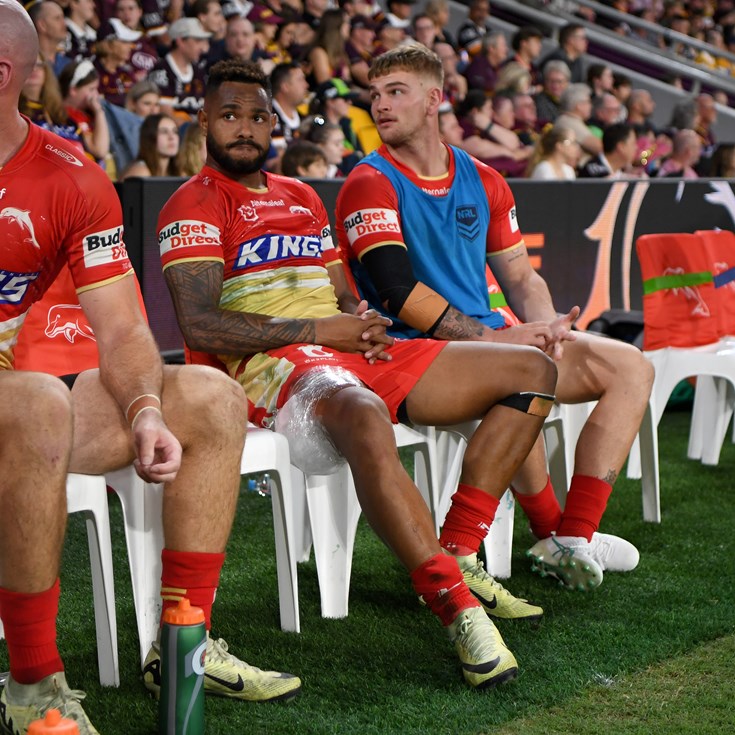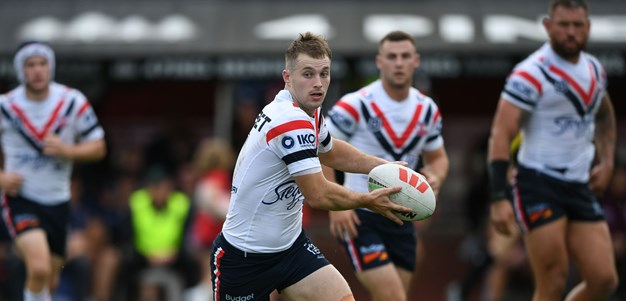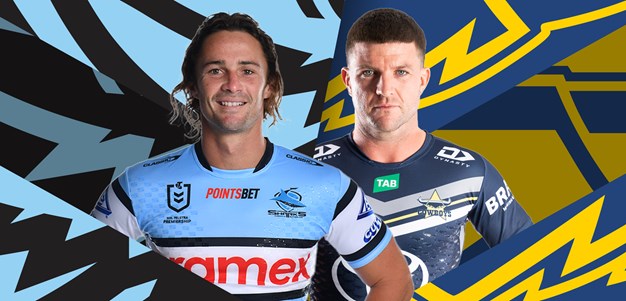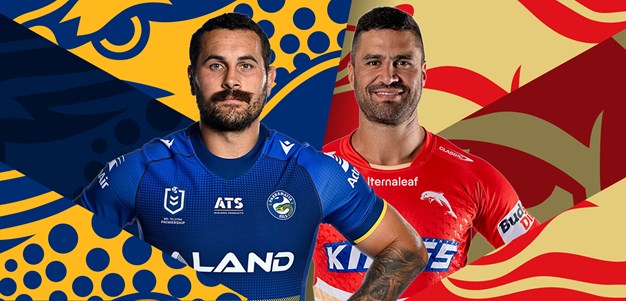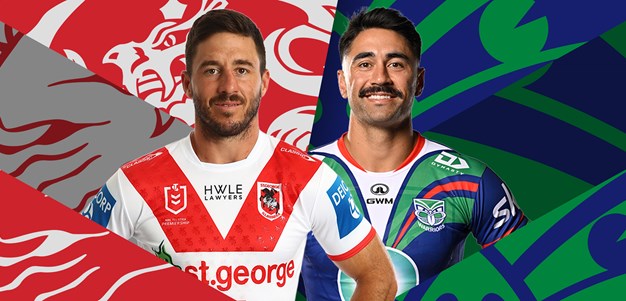
The increased questioning of tactics, fostering of rivalries and justified criticism of player performances in 2020 has provided an important step in the evolution of women's rugby league.
A year that started with a global pandemic will end with Friday night's Harvey Norman Women's State of Origin match at Sunshine Coast Stadium.
When COVID-19 reared its ugly head earlier this year, there was genuine concern about the impact on the women’s game.
After all, this was meant to be a year of progression for the women’s game. When the pandemic struck, fans were just weeks away from learning who would be the next clubs to feature in the NRLW.
There was also the expectation that the 2020 season would be extended to give the four teams the opportunity to play each other twice.
Qld Maroons v NSW Women
How quickly that conversation changed from expansion to concern over whether the competition would go ahead.
But fortunately, the women's game did remain a priority and fans had little to worry about.
In June, the ARL Commission announced the NRLW would go ahead.
As the competition crept closer, more detail was revealed which demonstrated how deep that commitment was.
Jillaroos coach Brad Donald put his hand up to be the caretaker coach for the Warriors.
Given the extraordinary sacrifice that several Warriors women made to compete in the competition (which included two-week quarantine periods in both Australia and one in New Zealand), this appointment was fitting.
Not only was the competition going ahead, some of Australia’s best sporting talent from rugby sevens and rugby union including Charlotte Caslick, Grace Hamilton and Evania Pelite made the decision to compete.
Our game is big enough to handle this honest criticism and so are our players
The increased level, and manner in which it was conducted, of coverage of the game was just as important.
When women’s rugby league began getting increased coverage and games were more available for fans to watch three years ago, the initial reaction of many was surprise at how well women could play.
The players were relatively unknown and there was little understanding of the history of the women’s game.
That conversation has slowly changed. This year, in particular, has taken on a new tone.
Instead of acting surprised that women can play exciting, creative and physical rugby league, the coverage and discussion of the women's game began to look similar to the men's game.
Player performance was put under the microscope, tactics questioned and rivalries created.
Savannah surprises Sergis
There were several key issues that dominated discussion about the NRLW this year.
Fans expressed concerns about hair-pulling and how this fitted within the rules. What is the appropriate punishment? What can be done to eradicate it from the women’s game?
When the news about cross-code athletes joining the NRLW emerged, people were interested in how these athletes would transition to rugby league.
Would they be fit enough to handle 60 minutes of rugby league, rather than the much shorter sevens game? Would their skills translate? How would Caslick handle getting tackled for the first time in the NRLW?
And just like in the men’s game we have seen deep rivalries form. After Ali Brigginshaw saw a post on social media from a Sydney Roosters player questioning whether she was deserving of the Women’s Dally M Medal, Brigginshaw and the Brisbane Broncos used this as motivation leading into the NRLW grand final.
The Broncos won that game convincingly and I have no doubt that when the teams meet next year, there will still be unfinished business.
Boyle back in blue and ready to hoist another trophy
This critical discussion has continued in the lead up to State of Origin.
There has been debate over selections and how the teams are going to deal with key injuries to several players. Fans are still sweating on the fitness of Kezie Apps and Isabelle Kelly.
For NSW there was some shock when the team was announced, with incumbent halves Kirra Dibb and Maddie Studdon dropped in favour of Corban McGregor and Melanie Howard.
This shift in coverage is an important development. No longer is it simply enough that women play rugby league.
The coverage has taken the next step of being more than just "celebratory" that the competition is happening. It is now more critical especially in regard to individual player performance, selections, rules and coaching tactics.
If the women’s game wants to be taken seriously, coverage like this needs to become the norm. Our game is big enough to handle this honest criticism and so are our players.
The views in this article do not necessarily express the opinions of the NRL, ARLC, NRL clubs or state associations.
